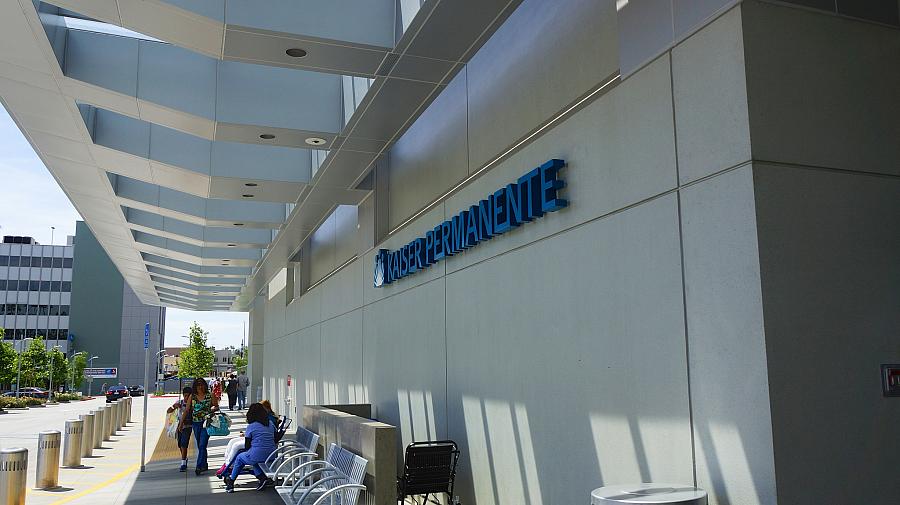How do we know when health networks are too narrow? Often, we don't.

You might call Kaiser Permanente the original narrow network.
As we enter the third Affordable Care Act open enrollment season, attention is once again focused on the narrow networks found in many of the health plans offered on exchanges throughout the U.S.
Narrow networks, of course, are a predictable response by insurers to the ACA, but one common misperception is that the ACA created narrow networks. As most residents of California know, Kaiser Permanente has been a fixture in the marketplace here for decades, and as a HMO in which members can only see Kaiser doctors, it is in one sense the original narrow network. The California legislature also passed laws allowing selective contracting in 1982, which opened the door for the growth of narrow networks and resulted in the rapid growth of PPOs and HMOs in the state three decades ago.
While the ACA did not create narrow networks, growing concern about narrow networks today reflect a more general public concern that such networks are providing poorer quality care. It is impossible to ignore the political dimension of this legitimate consumer concern, which has been exploited by opponents of the ACA to suggest that exchange-based health policies are too narrow and more restrictive than policies available in other markets.
So, is there any evidence that the provider networks offered through Covered California and exchanges across the U.S. have become too narrow? To answer this question, we need to know how to measure network adequacy, and whether current measures are themselves up to the job of identifying when networks are not adequate. After all, there is no doubt that networks have become more narrow, but the real issue of public concern, in my opinion, is whether those networks have become too narrow.
A reasonable definition of network adequacy is one that can provide “meaningful” access to care, which allows members to obtain the right care, at the right time, in a language they understand, within a reasonable distance from where they work or live. Clearly, this definition of network adequacy requires indicators of both access and quality.
From my perspective, as a policy researcher, the challenges in determining network adequacy are both scientific and regulatory. The scientific challenge is whether we have “adequate” measures of network adequacy. For several decades, researchers have been making significant advances in conceptualizing and developing indicators of health care quality and access. But far less work has focused on measuring the adequacy of provider networks offered by health insurers, which is related to but distinct from most quality and access measures that focus on hospital or doctor performance.
For example, one recent study found that California ranked fourth in the nation in network narrowness for policies offered through Covered California. This study defined narrowness as the percentage of health plans contracting with 25 percent or fewer of the available physicians in each rating area. This seems like a reasonable measure, but by itself, clearly isn’t sufficient to assess overall network adequacy. And California, where Kaiser has the largest overall market share, provides contrary evidence that narrow networks can increase, rather than reduce, quality.
Which brings me back to the regulatory challenges. The National Association of Insurance Commissioners (NAIC) first developed its Network Adequacy Model Act in 1996. This month, NAIC is releasing its first update to this Model Act in over a decade, which is expected to include much stronger consumer protections. But despite these enhanced protections, insurance commissioners still face two significant challenges in guaranteeing network adequacy. One is how to monitor and enforce standards. Fines against health insurers found to be non-compliant are a blunt instrument, and what consumers really need and deserve is confidence that health policies sold in the exchange marketplaces do in fact have adequate networks. The second challenge is that the scientific issues regarding how best to combine measures of both access and quality into readily understandable measures of network adequacy haven’t been solved. And, it may be politically difficult for insurance commissioners to enforce quality standards. As a result, regulators are left to rely almost exclusively on network adequacy standards based on access, such as one primary care physician per 1,200 members.
Returning to the original question, there is no compelling evidence to date that Covered California networks are too narrow. A study published last month by the California HealthCare Foundation indicated that hospital quality did not vary significantly across health plans offered by Covered California, and a Health Affairs article showed that Covered California plans had the same or better quality as those offered off-exchange. But I believe we still have considerable progress to make on the scientific front before we can say with confidence when a narrow network has become inadequate.
Until then, we are left with star-rating systems, like the one currently employed by Covered California, which includes plans with one star out of four! I question why anyone would want to select a one-star plan if we really have confidence in our rating system. Instead, maybe we should simply tell consumers that quality and access are difficult to collapse into a single measure, but we can point them to 8, or 10, or 15 indicators that are valid and let them decide how to weigh that information on their own, until we can solve the challenge of a star-rating system that is both scientifically valid and easily understandable to consumers.
Gerald Kominski is the director of the UCLA Center for Health Policy Research and an ongoing contributor to the Center for Health Journalism's Remaking Health Care blog.
[Photo by Ted Eytan via Flickr.]
